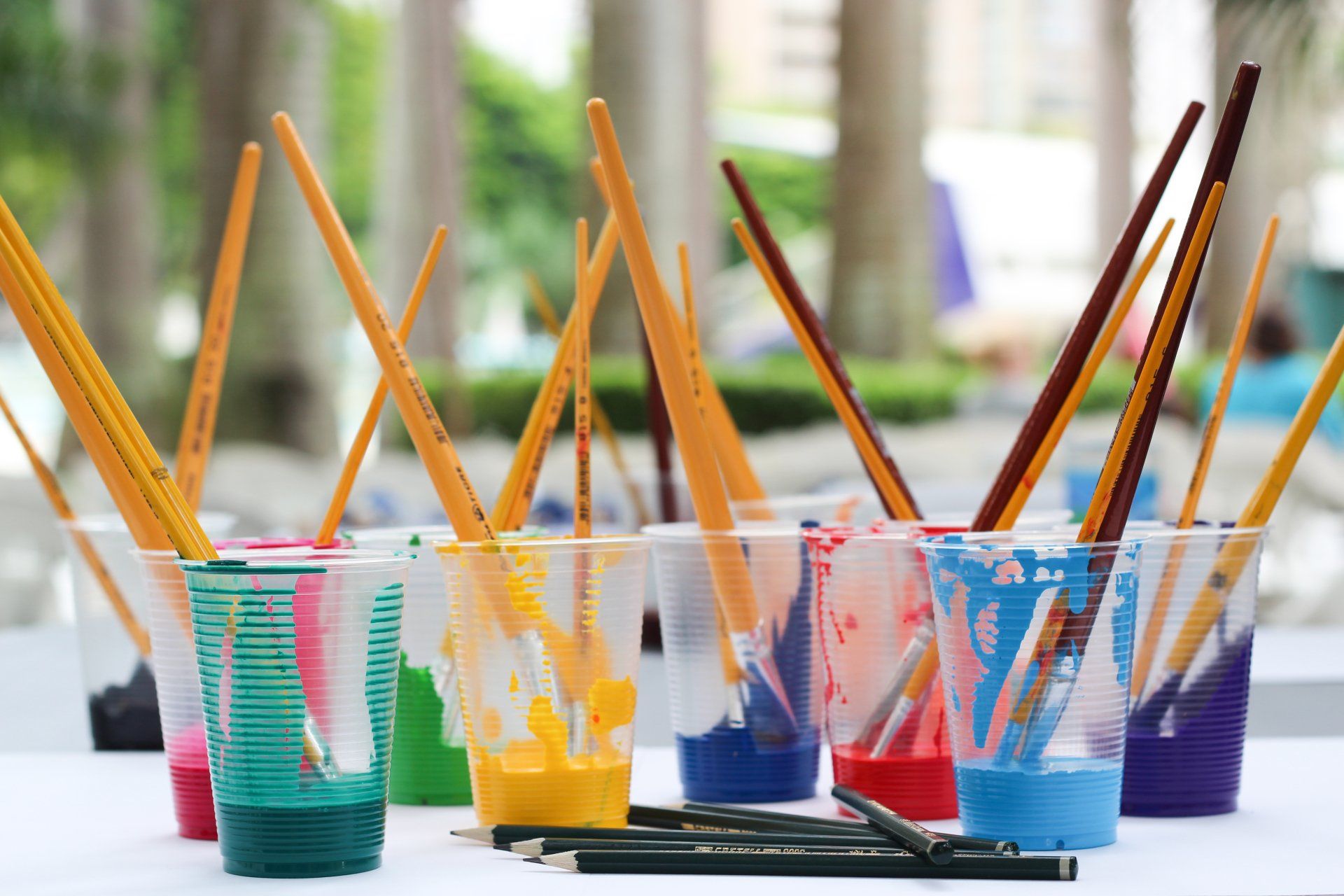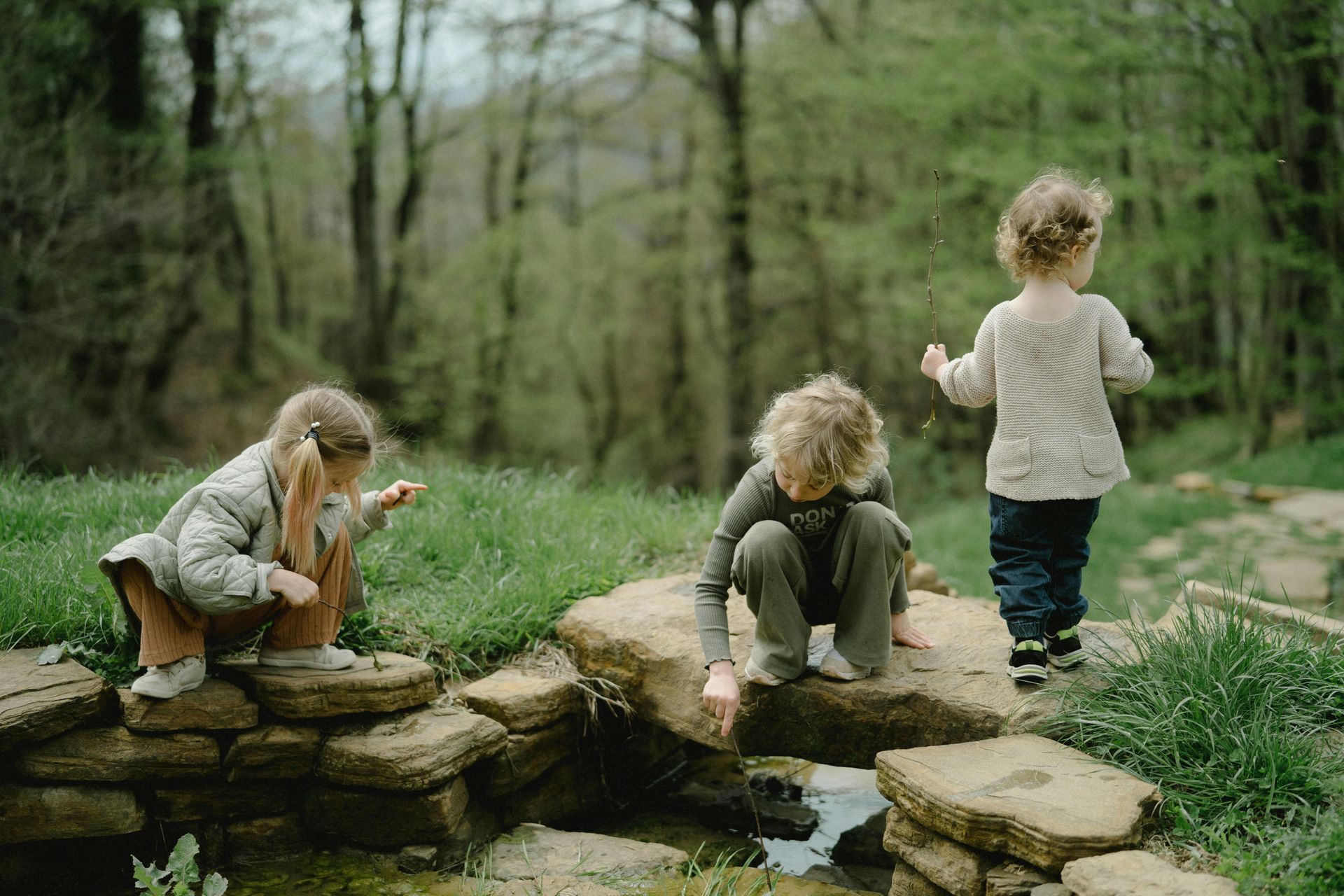
Art Is A Vital Form of Self-Expression
Numerous theories and lots of research expound upon the importance of artistic expression. For young children and adolescents, art is an especially crucial form of personal expression. As such, children need to experience their own process rather than to produce a piece that someone else wants. In Montessori, we also have sensitivity to different expressive needs throughout different stages of development.
Process vs. Product
For young children, the process of making art is much more important than the product. When infants and toddlers are engaged in art activities, they are expressing feelings that they may not yet have words to express. Thus, during these early years, we focus on offering young children a variety of different artistic mediums.
When children are using different materials, we first provide opportunities to work with larger spaces than later move into the smaller more refined possibilities. For example, we start with painting at the easel, then as children develop more coordinated hand movements, we offer small paper or objects to pain.
Use of Tools
In addition to introducing different kinds of materials, we also show young children how to use different tools. We show how to use just a little water and the tip of the brush with watercolor paints. We explore different techniques with crayons. We introduce various tools-like knitting needles, crochet hooks, or looms-for fiber arts. Whatever the form of art, we offer the tools required for successful expression through that form.
We also open up a range of possibilities for children to explore. For example, in introducing clay, we show how to carefully get out the clay, how to use different techniques such as forming coils and slabs, how to cut, carve, or roll the clay, and how to store it when finished. We may also show examples of clay sculptures, whether in books or museums. With all of this information, children have a range of inspiration when they decide to work with clay.
Adult Response
To support young children's artistic expression, we offer objective comments: "Oh how interesting..the lines go up and down," or "I can see you used a lot of red and blue paint today." We want to be careful with what we say so we don't give any indication of judgement, either good or bad. Young children do not ye have the language to explain the art. Therefore, we want to make sure our comments don't inadvertently create expectations for children.
In Montessori, adults don't insist that children express themselves artistically, or tell children what to express. When children choose some form of artistic expression, adults allow them the freedom to be with themselves while in the process of creating art. With this in mind, children's artwork is individual, creative, non-competitive, and often connected to other subjects. We don't expect children to learn to imitate adult creations or turn out products that look alike.


